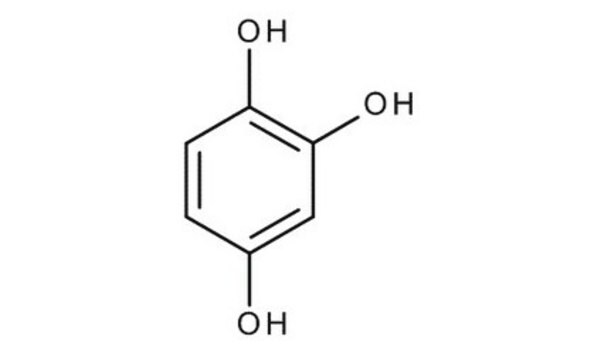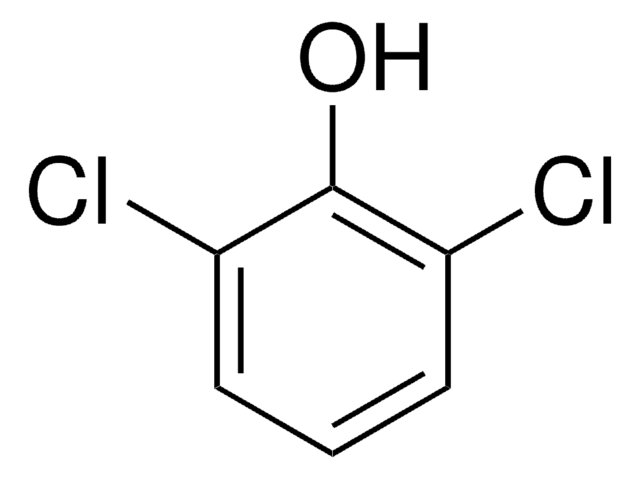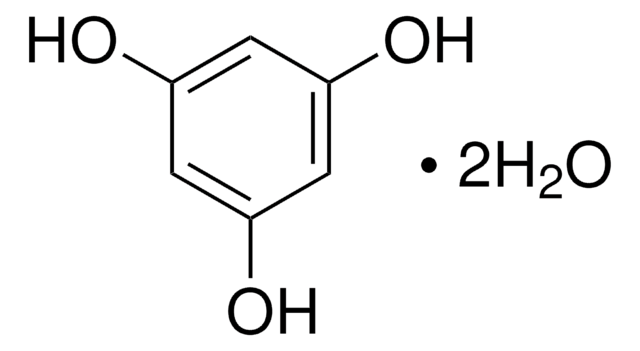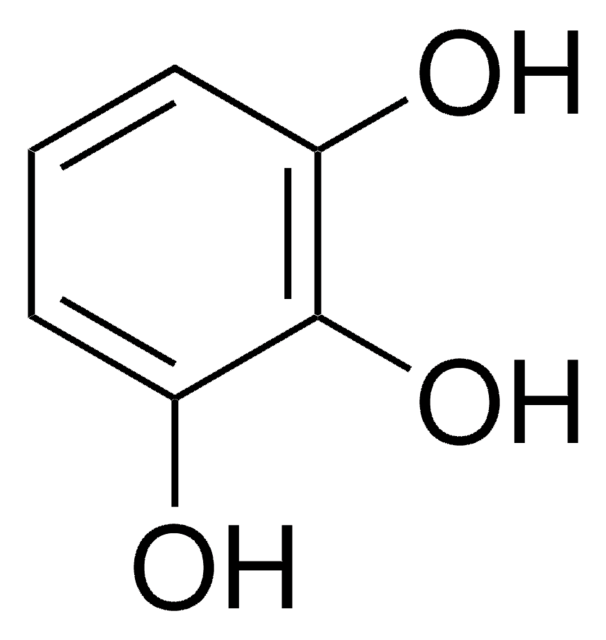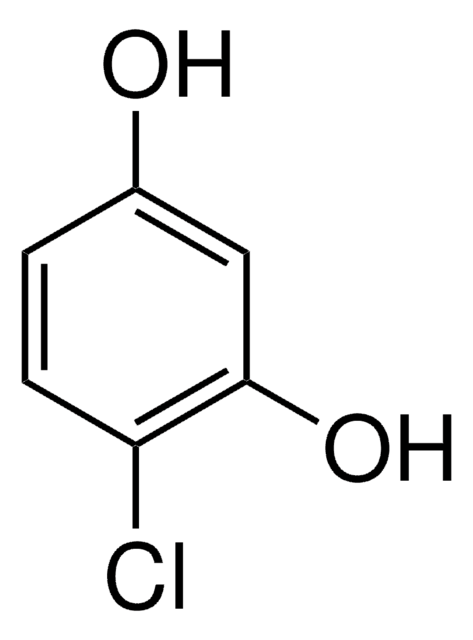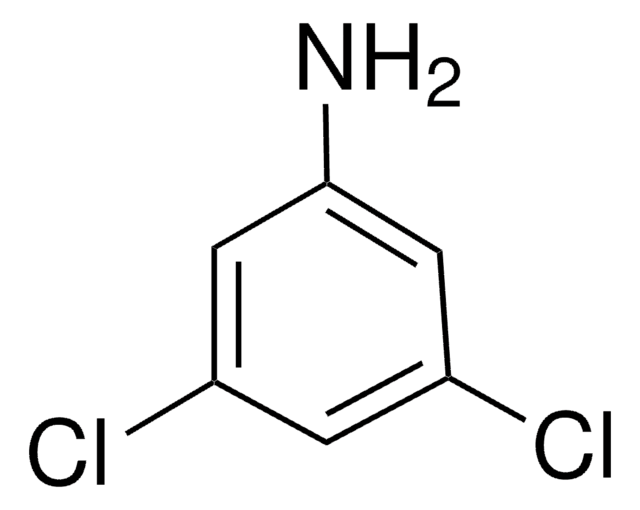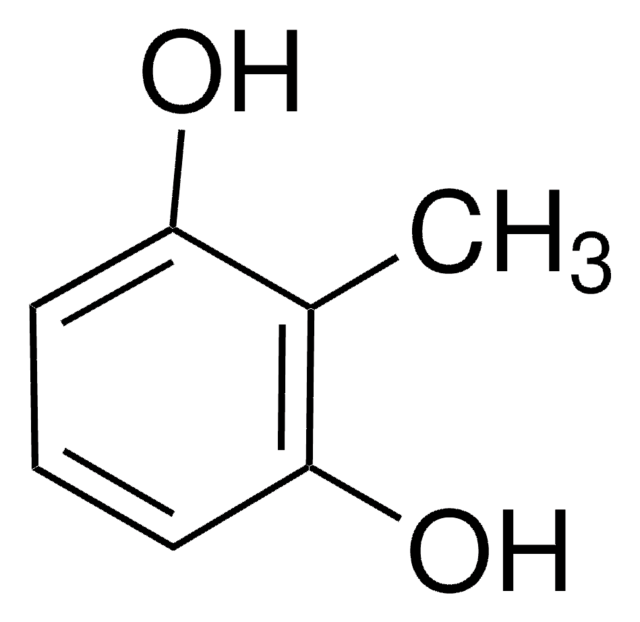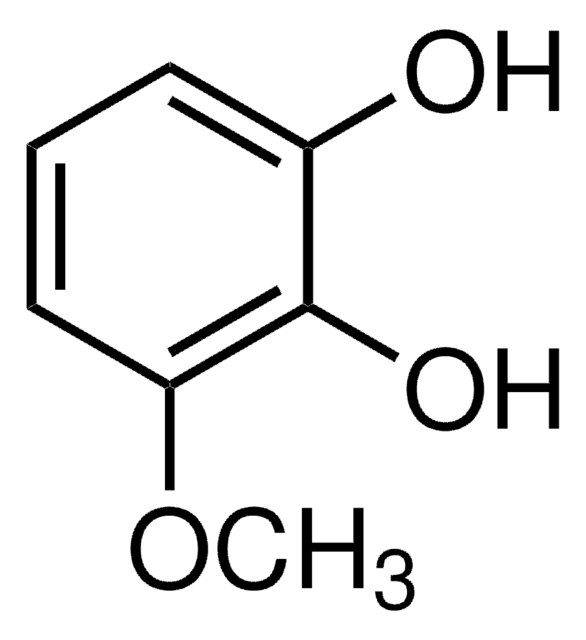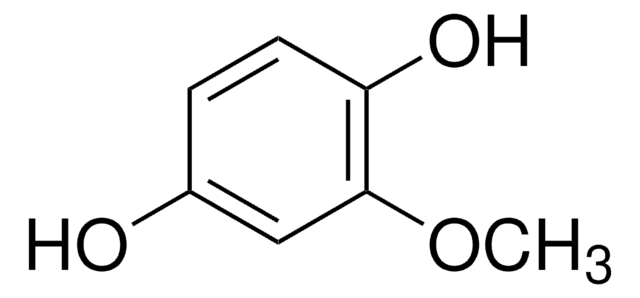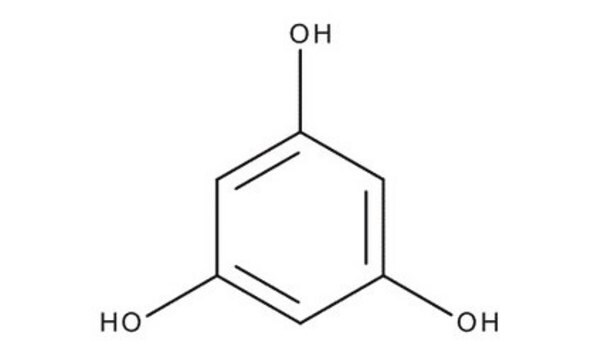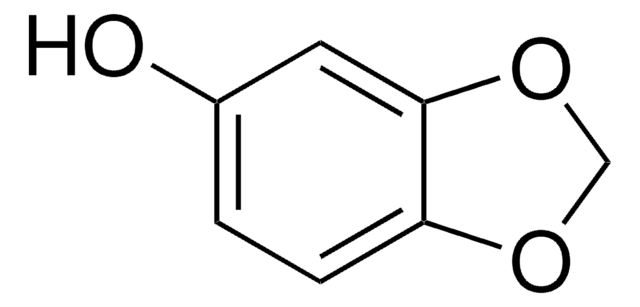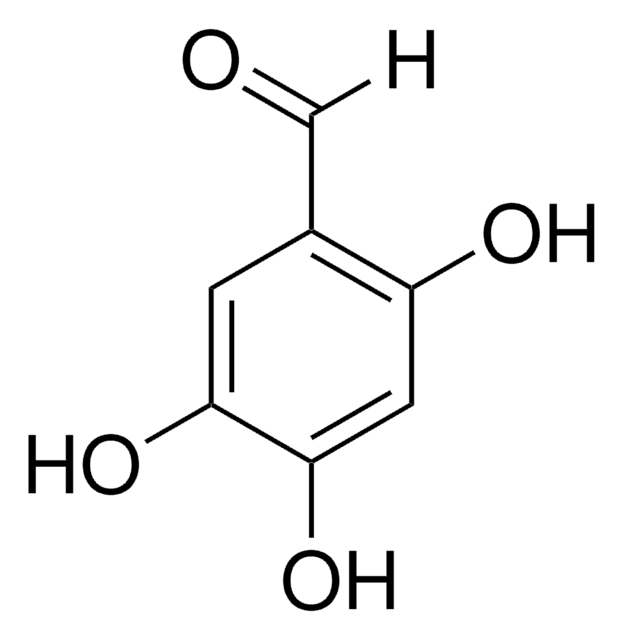Wichtige Dokumente
173401
1,2,4-Benzoltriol
ReagentPlus®, 99%
Synonym(e):
Hydroxyhydrochinon
About This Item
Empfohlene Produkte
Produktlinie
ReagentPlus®
Assay
99%
Form
solid
mp (Schmelzpunkt)
140 °C (subl.) (lit.)
SMILES String
Oc1ccc(O)c(O)c1
InChI
1S/C6H6O3/c7-4-1-2-5(8)6(9)3-4/h1-3,7-9H
InChIKey
GGNQRNBDZQJCCN-UHFFFAOYSA-N
Suchen Sie nach ähnlichen Produkten? Aufrufen Leitfaden zum Produktvergleich
Verwandte Kategorien
Allgemeine Beschreibung
Rechtliche Hinweise
Signalwort
Danger
H-Sätze
Gefahreneinstufungen
Acute Tox. 4 Oral - Eye Dam. 1 - Skin Irrit. 2 - STOT SE 3
Zielorgane
Respiratory system
Lagerklassenschlüssel
11 - Combustible Solids
WGK
WGK 3
Flammpunkt (°F)
Not applicable
Flammpunkt (°C)
Not applicable
Persönliche Schutzausrüstung
dust mask type N95 (US), Eyeshields, Gloves
Hier finden Sie alle aktuellen Versionen:
Besitzen Sie dieses Produkt bereits?
In der Dokumentenbibliothek finden Sie die Dokumentation zu den Produkten, die Sie kürzlich erworben haben.
Kunden haben sich ebenfalls angesehen
Unser Team von Wissenschaftlern verfügt über Erfahrung in allen Forschungsbereichen einschließlich Life Science, Materialwissenschaften, chemischer Synthese, Chromatographie, Analytik und vielen mehr..
Setzen Sie sich mit dem technischen Dienst in Verbindung.